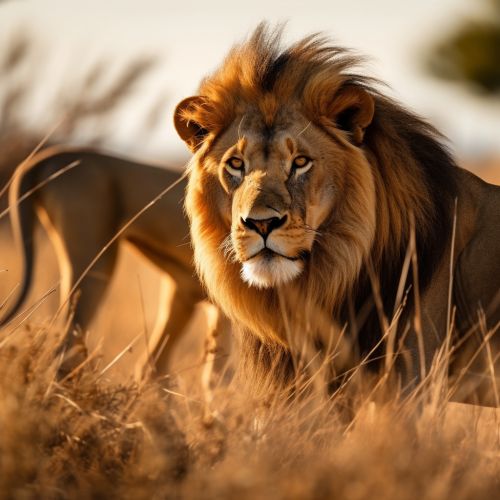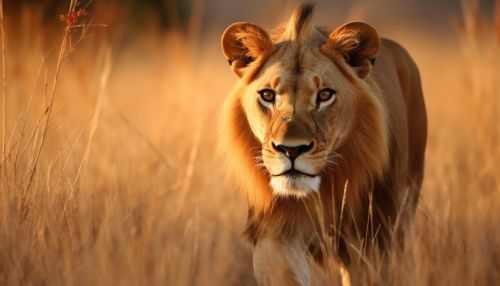Predator-prey dynamics
Introduction
Predator-prey dynamics refer to the complex interactions and relationships between two species within an ecosystem, where one species, the predator, hunts and feeds on the other species, the prey. These dynamics play a crucial role in the regulation of population sizes and the stability of ecosystems. The study of predator-prey dynamics is a fundamental aspect of ecology, and it has significant implications for conservation biology, wildlife management, and biodiversity.


Mathematical Models of Predator-Prey Dynamics
One of the primary tools used to understand predator-prey dynamics is mathematical modeling. The most famous of these is the Lotka-Volterra model, which describes the dynamics of predator-prey interactions in a simplified, idealized ecosystem. This model assumes that the predator population is entirely dependent on a single prey species for its sustenance, and that the prey population grows exponentially in the absence of predators.
Another important model is the Holling's type II model, which introduces the concept of a functional response to describe the rate at which a predator consumes prey as a function of prey density. This model takes into account the time it takes for a predator to handle and consume its prey, which can limit the predator's feeding rate at high prey densities.
Factors Influencing Predator-Prey Dynamics
A variety of factors can influence predator-prey dynamics, including the availability of alternative food sources for predators, the presence of refuges for prey, and the spatial structure of the environment. For example, in a heterogeneous environment with patches of different habitat types, the metapopulation dynamics of predators and prey can lead to complex spatial patterns of population oscillations.
Predator and prey populations can also be affected by intraspecific competition, where individuals of the same species compete for limited resources, and interspecific competition, where individuals of different species compete for the same resources. These competitive interactions can influence the stability of predator-prey dynamics and lead to cycles of population growth and decline.
Ecological Consequences of Predator-Prey Dynamics
Predator-prey dynamics have profound implications for the structure and function of ecosystems. Predators can exert top-down control on ecosystems, regulating the abundance of prey and preventing overgrazing or overexploitation of resources. This can lead to a greater diversity of species in the ecosystem, a concept known as the trophic cascade hypothesis.
On the other hand, changes in prey populations can also have bottom-up effects on predators. A decline in prey abundance can lead to a decrease in predator populations, which can in turn affect the abundance and diversity of other species in the ecosystem.
Human Influences on Predator-Prey Dynamics
Human activities can have significant impacts on predator-prey dynamics. For example, overhunting or overfishing of predators can disrupt the balance of ecosystems and lead to an overabundance of prey, a phenomenon known as trophic release. Similarly, habitat destruction and fragmentation can alter the spatial structure of predator-prey interactions and lead to declines in both predator and prey populations.
In addition, climate change can affect predator-prey dynamics by altering the availability and distribution of resources, changing the timing of life history events, and increasing the frequency and intensity of extreme weather events.
